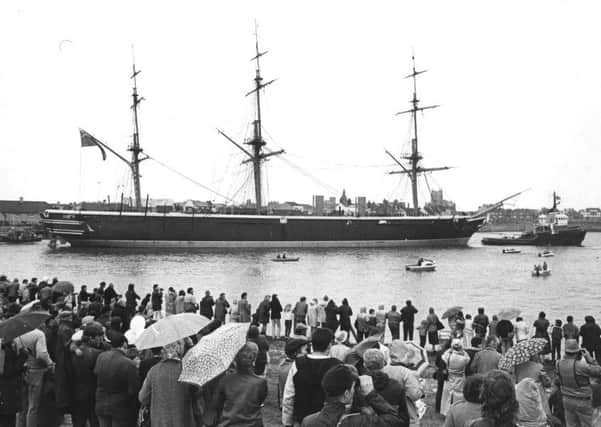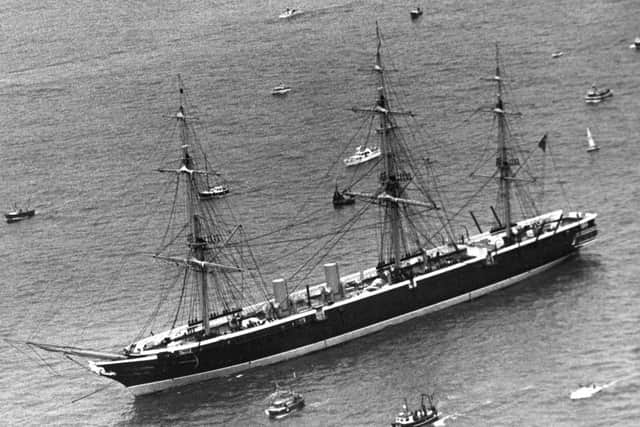Meet the Sunderland historian who got a place on 1980s television


He watched it gradually return to its impressive best during its re-fitting in Hartlepool - before its move to a permanent berth in Portsmouth.
It all happened in the 1980s and Warrior’s departure led to thousands of people lining the coats to get a view.


Advertisement
Hide AdAdvertisement
Hide AdKeith will get to experience similar crowds again next summer but this time from the shorelines of Wearside.
He admitted: “I learned a great deal about the relationship between sail and steam and, with the Tall Ships almost literally on the horizon, this may be a topic of interest to others.”
The arrival of Warrior, and his subsequent research into it, dispelled one myth he’d harboured as a child.
“Mainly as a result of watching feature films, I assumed that people sailed in sailing ships from ancient times then stopped suddenly at some point in the middle of the nineteenth century and started to travel on and trade through steamships.


Advertisement
Hide AdAdvertisement
Hide Ad“It came as a surprise to discover, when doing my family history, that my great grandfather’s collier ship Spero could make progress by either sail or steam and this was just before 1900.
“The same was the case with HMS Warrior – originally constructed in the 1860s.
“This vessel famously had funnels which could be wound down into the vessel and replaced by wound up sails when the weather was suitable. The reverse proved true when the weather was not favourable to sail.”
Keith even took to song - and it was so good, it featured on ITV’s Highway programme at the time of the refurbishment.


Its chorus was;
Up funnel, down screw – sail to steam,
The Warrior ruled the seas supreme,
Down funnel up screw - steam to sail,


She’s born again through rivet and nail,
Advertisement
Hide AdAdvertisement
Hide AdKeith added: “The funnels on the little old Spero did not retract so like many of the North East colliers of the day both masts and funnel were on permanent view.
“Using sail when appropriate made sense; coal was expensive; wind cost nothing.
“So steam did not wipe out sail! In fact for many years they worked side by side –often on the same vessel.
“Despite this, historians see the 1860s as a watershed with the opening of the Suez Canal and improvements in engine construction.
Advertisement
Hide AdAdvertisement
Hide Ad“This meant that journeys to the Far East by sailing ship alone now became relatively lengthy and expensive. However the clipper ships continued the steam v sail contest late into the 19th century and you only have to look at photographs of vessels gathered in ports around the world up to the First World War to realise that sail was far from finished.”
We will have more from Keith in the weeks to come.